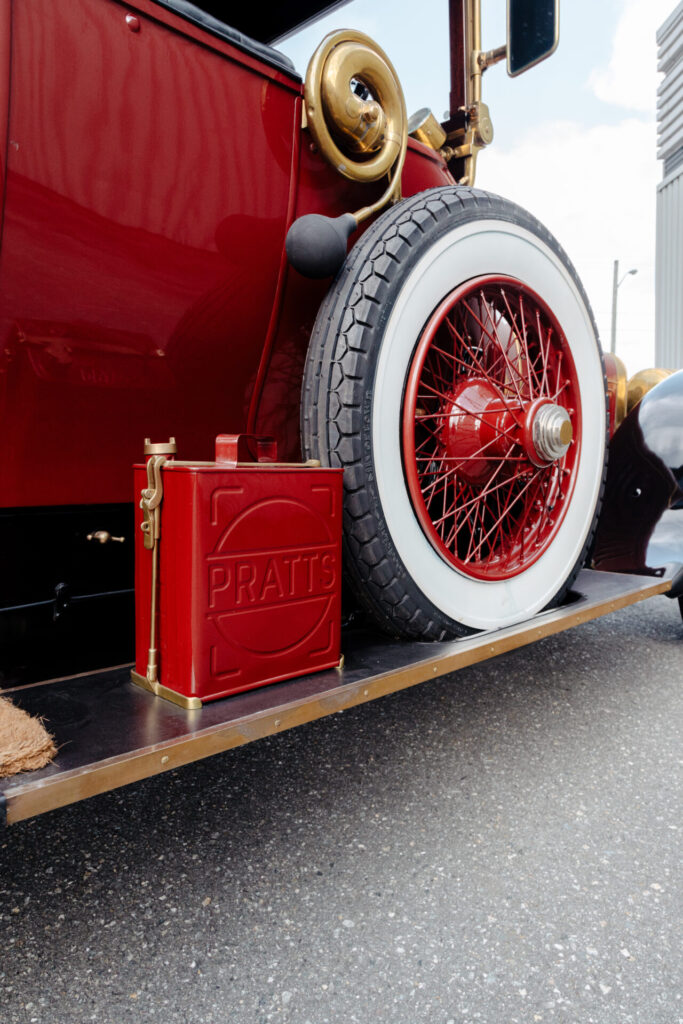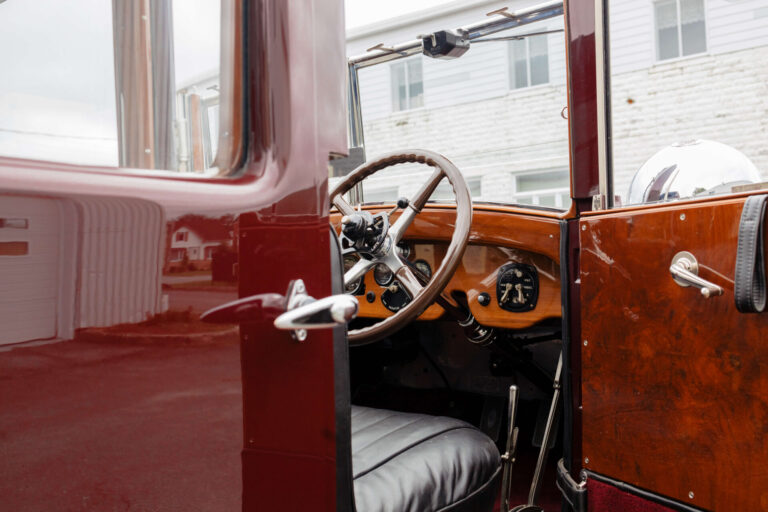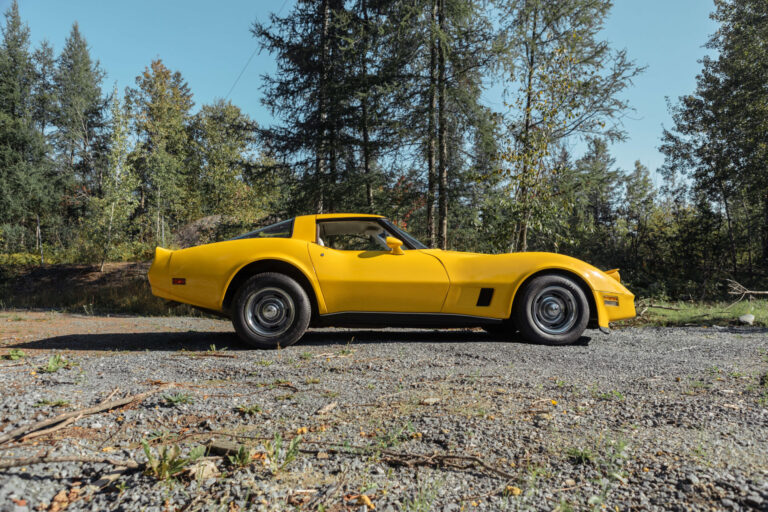The Automotive Dream “One man and his dream had not simply left the world with an engine and four wheels; Henry Ford and his Model T had influenced people's everyday lives - where they lived, how they spent their leisure time, even how they viewed themselves.” - Gary...
1912 Minerva Type GG Torpedo by Vanden Plas
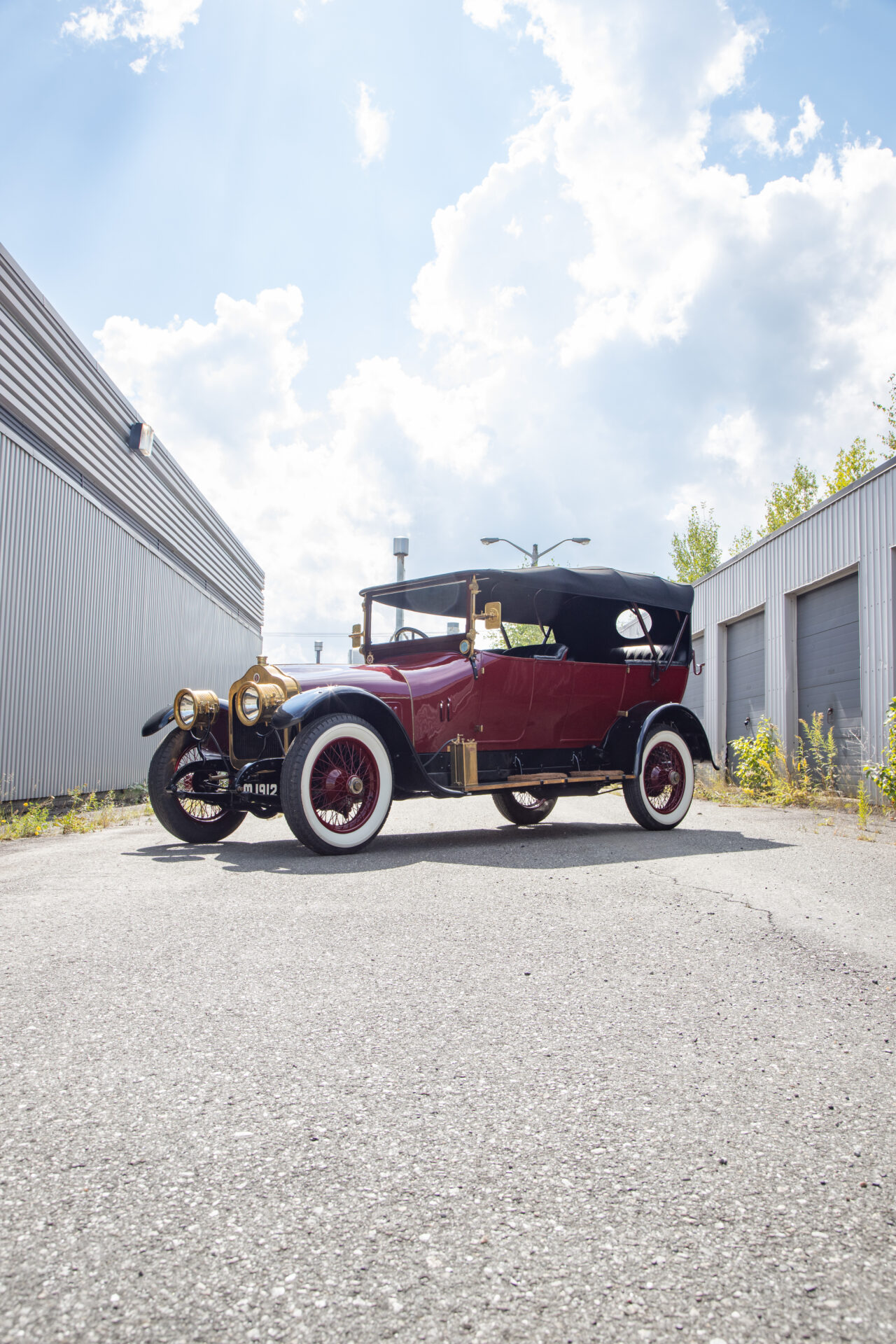
Photo credit - Good Vision Prod
Recent posts
Lagonda 16/80 Special Six 1933
English Touring The car we present to you this week is the Lagonda 16/80 Special Six in the Demers Car Collection. Lagonda was a luxury British car brand that Aston Martin eventually absorbed. Through its association with Aston Martin, it is sometimes hard to remember...
An Introduction to Lagonda
Before Aston Martin “The history of Lagonda cars is synonymous with sophistication, opulence, and groundbreaking performance” - An article for Discovery UK Today, we may recognize the name Lagonda from its association with Aston Martin. Before these two brands...
Cadillac Model A 1903
The Standard of the World “No other American car on the market in the first decade of the century was constructed to higher standards than Cadillac.” - Stephen W. Sears in The Automobile in America Some of you may know that Cadillac has long had the slogan “Standard...
A Regal Automotive Heritage
“Its history is a clear proof of the innate love of Belgian people for high-quality mechanical achievements” Ralph Stein in The Automobile Book
Once, Minerva was the preferred car of Kings and Queens, rivaling today’s supercars in fame. Today, only a few connoisseurs and classic car lovers can recognize this Belgian brand. The firm’s extinction might have contributed to its obscure status. The Demers Car Collection is lucky to have this 1912 Minerva Type GG Torpedo with coachwork by Vanden Plas. Keep reading to learn about this obscure brand’s inception, the engine that contributed to its rise to glory, the history of this particular vehicle and why it’s a quintessential “brass era” car.
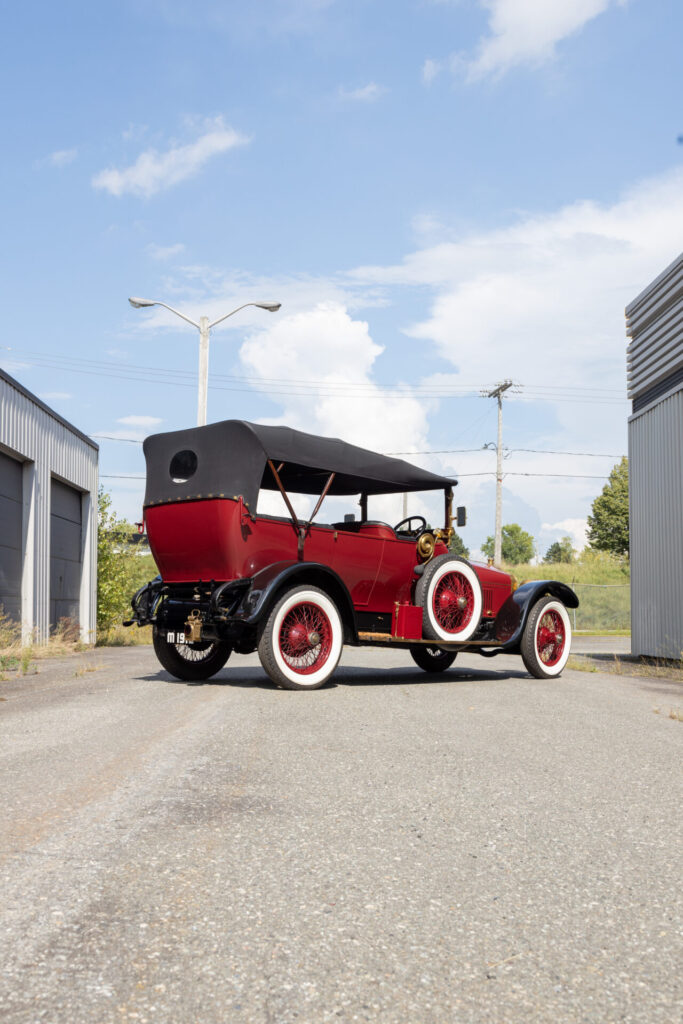
Minerva: From Bicycles to Automobiles
Before catering to royalty, Minerva had humble beginnings. In 1899, young Dutchman Sylvain de Jong founded Minerva as a bicycle factory in Brussels, Belgium. The company grew to produce motorcycle engines and eventually complete motorcycles. Remarkedly, Minerva was Europe’s largest supplier of motorcycle engines for a time. De Jong established the Societe Anonyme Minerva Motors in Antwerp, Belgium in 1902 after producing its first car. In 1904, the firm began volume production of two, three and four-cylinder cars as well as the Minervette cyclecar.
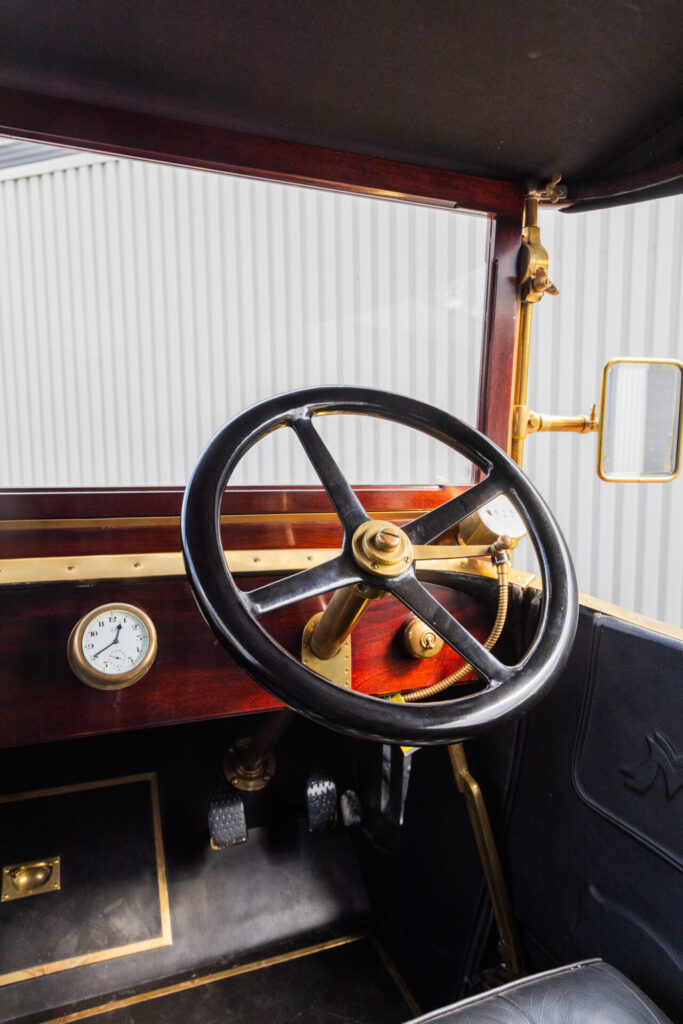
Minerva’s Name and Logo
The Minerva name and logo come from the Etruscan goddess of wisdom, war, art, schools, justice and commerce. Minerva is the counterpart to the Greek goddess Athena. Her profile, wearing a war helmet, ornates the radiator grille badge.
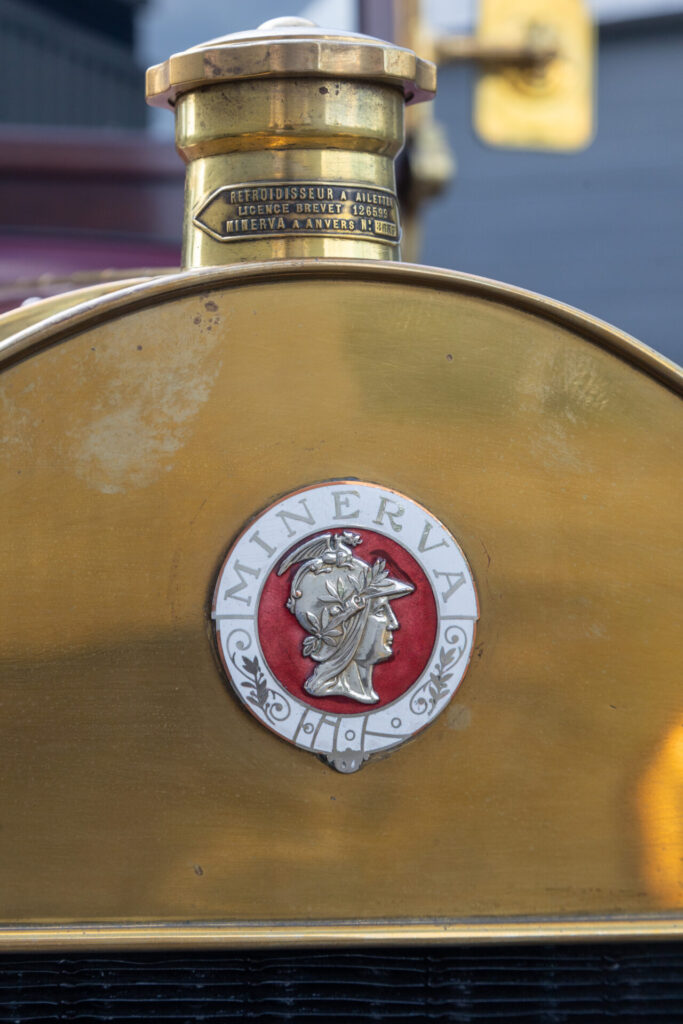
The Engine that Changed the Game
In 1908, Minerva adopted the Knight sleeve-valve engine, which became a defining feature of the cars produced thereafter. This revolutionary engine, developed and licensed by American inventor Charles Yale Knight, is quiet yet powerful. Other prominent car manufacturers, like Panhard & Levassor in France and Mercedes in Germany, also utilized Knight engines. Thanks to this engine, Minerva successfully commercialized and marketed silence, in an era when most engines were quite noisy. On top of being silent, the engine was performant. The adoption of the Knight engine catapulted Minerva’s reputation. This is one of the reasons Minerva is often compared to Rolls-Royce, which also used silence as a sign of luxury and engineering prowess.
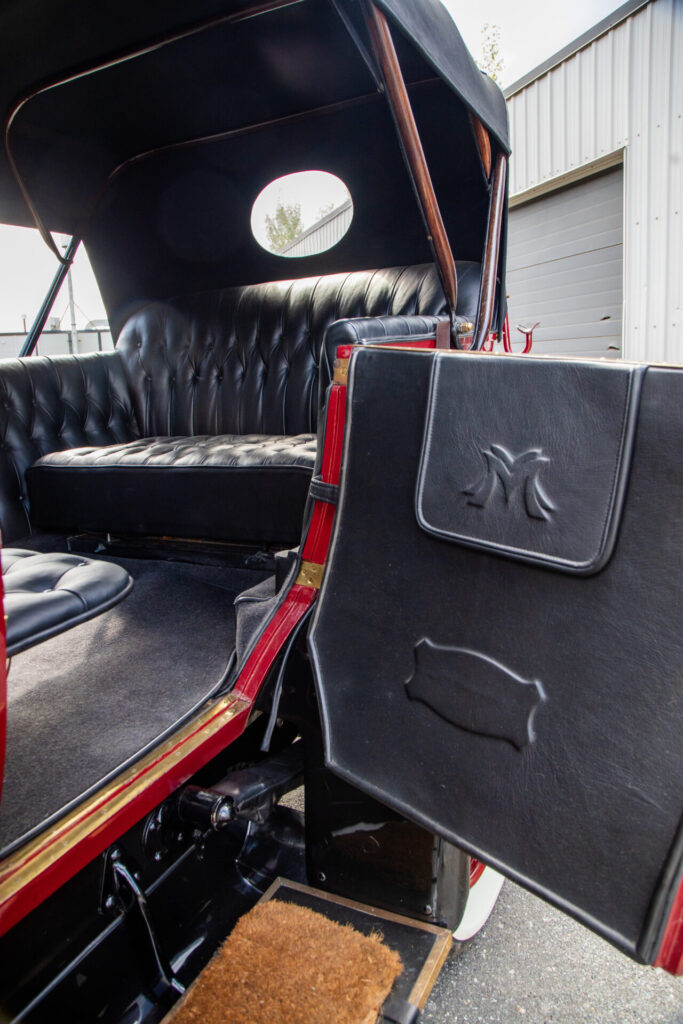
A Car Fit for Royalty
Catering to the high-end market, Minerva’s reputation grew throughout the years. The brand’s most notable cars appeared in the interwar period. Another reason why it is compared to Rolls-Royce, Minerva produced luxury cars for the rich and famous. Dressed by the best coachbuilders, Minervas often had formal body styles. The Belgian Royal Family rode in Minerva cars, as did the Swedish and Norwegian Royal Families. Minerva’s appeal extended to the United States, captivating movie stars and industrialists. While cars sold during the roaring twenties could be compared to Rolls-Royce, they were a little more budget-friendly. Renowned figures in the automotive industry, Henry Ford and André Citroën, are reported to have appreciated the high mechanical quality of Minervas.
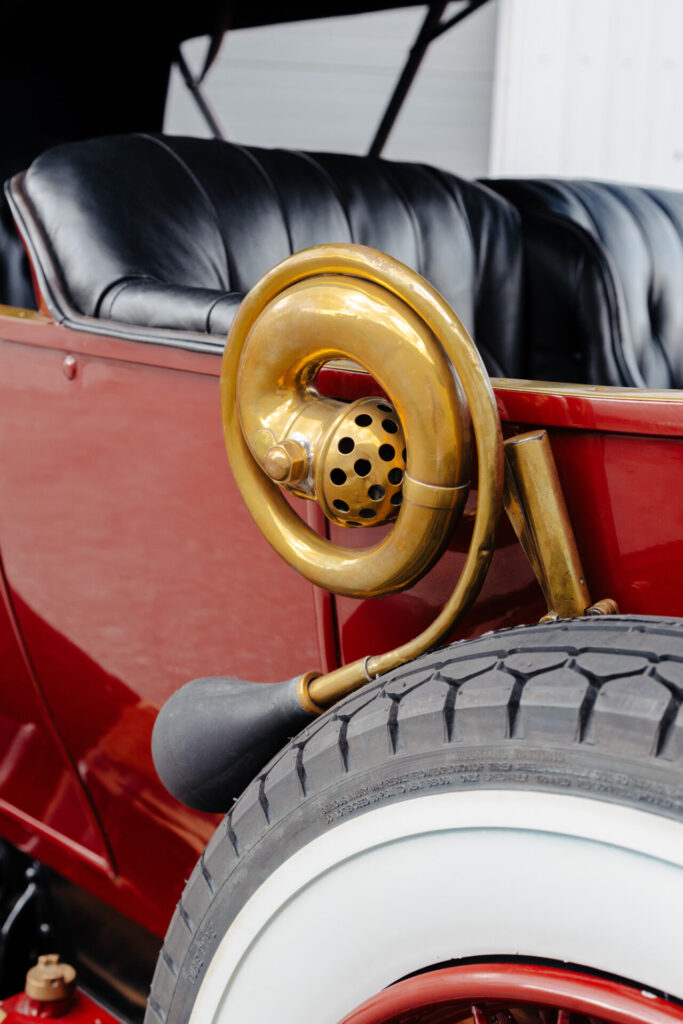
This Minerva Car and the Brass Era
The 1912 Minerva in the Demers Car Collection is believed to come from the estate of well-known American lawyer John O’Quinn. How it found its way from Belgium to the O’Quinn estate is unclear. Records suggest that this car was taken out of circulation around 1928, the last year that its registration was paid.
It features a multitude of brass accessories, a key feature of cars produced before the First World War. While Americans prefer to describe the period in car manufacturing between 1896 to 1915 as the “horseless carriage era,” Europeans tend to describe it as the “Brass Era.” This car’s radiator shell, headlights, rearview mirror as well as its accessories are all in brass.
Vanden Plas, the “unofficial favorite” and Antwerp neighbor built the coach of this particular Minerva. It is a Torpedo style, which means that its beltline goes straight from the radiator to the back and that it has a detachable or folding soft roof. Very similar to the phaeton, a torpedo is an open-air touring car with low side panels.
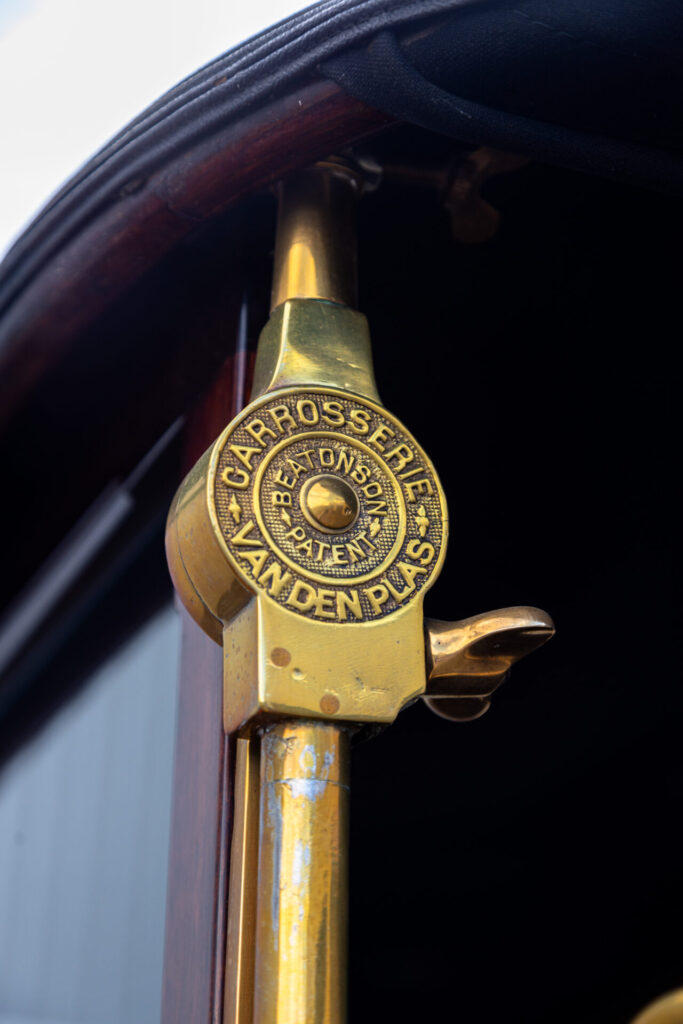
What Now?
The production of Minerva cars ceased with the onset of World War II. Several factors, including the passing of the company’s director, rising foreign competition, and economic hardships preceding the war, are believed to have contributed to the decline of this royal automaker. The Demers Car Collection proudly preserves this outstanding example of Belgian craftsmanship, ensuring that Minerva’s legacy endures.
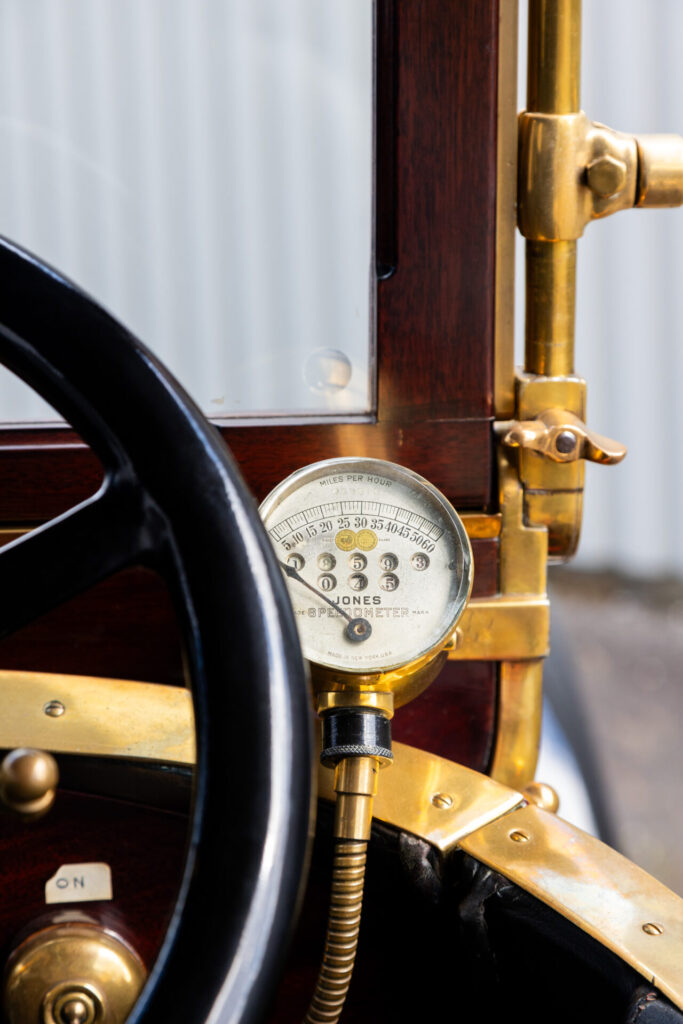
The Nitty Gritty
- 26 bhp;
- 4,084cc sleeve-valve four-cylinder engine;
- Three-speed manual transmission;
- Transverse leaf-spring suspension;
- Rear-wheel mechanical brakes;
- 135.4in or 3.4m wheelbase;
- Carello acetylene tank;
- Jones speedometer;
- Pratts oil can.
